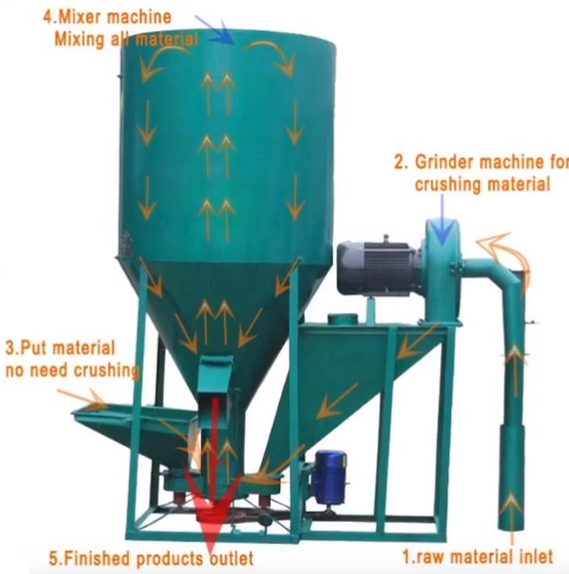High-Quality Floating Fish Feed Plant - Efficient Aquaculture Solutions
Aug . 30, 2024 07:05 Back to list
High-Quality Floating Fish Feed Plant - Efficient Aquaculture Solutions
Floating Fish Feed Plant Innovations in Aquaculture
In recent years, the aquaculture industry has witnessed significant advancements, particularly in the production of floating fish feed. The development of specialized floating fish feed plants has emerged as a critical factor in supporting fish farming operations around the world. These facilities not only enhance the efficiency of feed production but also aim to meet the growing demand for sustainable fish farming practices.
Floating fish feed is designed to remain on the water surface for prolonged periods, allowing fish to feed actively without the risk of feed sinking to the bottom and being wasted. This characteristic not only optimizes feed conversion ratios but also minimizes pollution from uneaten feed, which can degrade water quality in fish farms. Floating fish feed plants utilize state-of-the-art technology and innovative practices to ensure that fish farmers can produce high-quality feed tailored to the nutritional needs of various fish species.
The process of producing floating fish feed begins with the selection of high-quality raw materials. Ingredients typically include fish meal, soybean meal, corn, wheat, and various vitamins and minerals. These components are carefully blended and processed to achieve a balanced nutritional profile. The formulation is critical, as different fish species have specific dietary requirements that must be met to ensure optimal growth and health.
One of the key technological innovations in floating fish feed plants is the extrusion process. Extrusion cooking involves forcing the blended feed mixture through an extruder, where it is subjected to heat, moisture, and pressure. As a result, the ingredients gelatinize, forming a compact structure that can float and maintain its shape in water. This process also helps enhance the bioavailability of nutrients, making them more accessible for fish to digest.
floating fish feed plant

Moreover, modern floating fish feed plants often incorporate automation and precise control systems to improve production efficiency. Automated feeding systems, moisture control, and milling equipment enable manufacturers to monitor and adjust the production process with high accuracy. This leads to reduced waste, improved product consistency, and increased output, which are essential in meeting the growing global demand for fish.
Sustainability is another crucial aspect of floating fish feed production. As the aquaculture industry expands, there is a pressing need for environmentally responsible practices. Floating fish feed plants can adopt sustainable sourcing of raw materials and consider alternative protein sources, such as insect meal or algae, to lessen the impact on wild fish stocks. Additionally, the use of eco-friendly packaging solutions further demonstrates the industry’s commitment to reducing environmental footprints.
The benefits of floating fish feed are not limited to fish farmers; they extend to consumers as well. By ensuring the health of fish populations and promoting sustainable aquaculture practices, floating fish feed plants contribute to the availability of high-quality seafood products for consumers while supporting food security globally.
In conclusion, floating fish feed plants represent a significant innovation in aquaculture, combining advanced technology, nutritional science, and sustainability efforts. As the industry continues to evolve, these plants will play a pivotal role in meeting the challenges associated with fish farming, ensuring that both producers and consumers benefit from a healthy and sustainable aquatic food supply. As we look to the future, the importance of continued innovation in floating fish feed production cannot be overstated, as it is vital for the growth and sustainability of the global aquaculture industry.
-
Hot Sale 24 & 18 Door Rabbit Cages - Premium Breeding Solutions
NewsJul.25,2025
-
Automatic Feeding Line System Pan Feeder Nipple Drinker - Anping County Yize Metal Products Co., Ltd.
NewsJul.21,2025
-
Automatic Feeding Line System Pan Feeder Nipple Drinker - Anping County Yize Metal Products Co., Ltd.
NewsJul.21,2025
-
Automatic Feeding Line System - Anping Yize | Precision & Nipple
NewsJul.21,2025
-
Automatic Feeding Line System - Anping Yize | Precision & Nipple
NewsJul.21,2025
-
Automatic Feeding Line System-Anping County Yize Metal Products Co., Ltd.|Efficient Feed Distribution&Customized Animal Farming Solutions
NewsJul.21,2025






